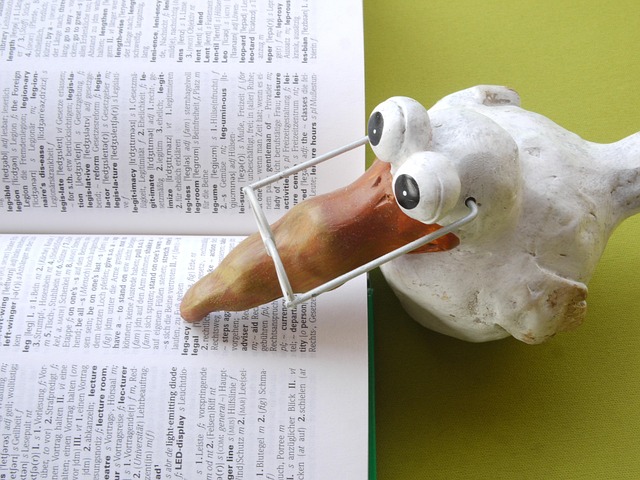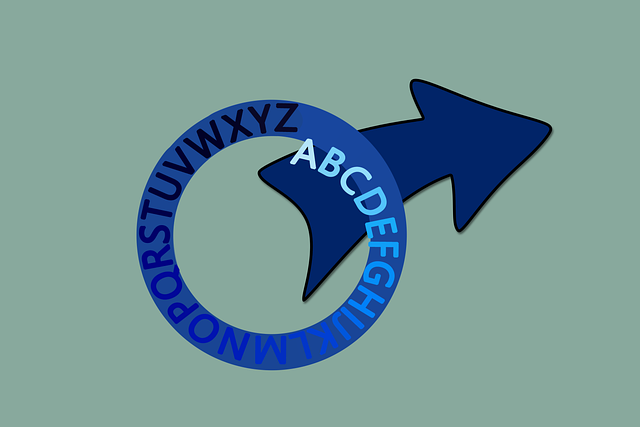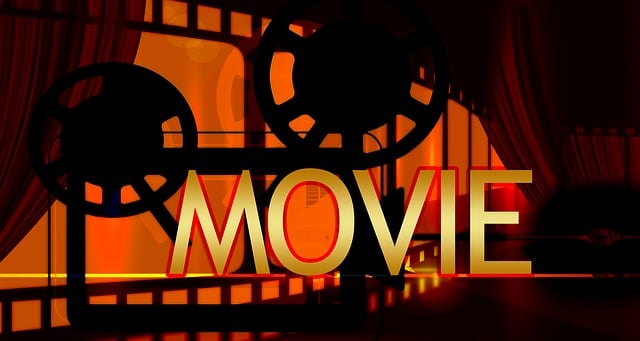
Translation goes beyond words, requiring cultural understanding for accurate global communication. Skilled translators bridge language gaps in business, marketing, diplomacy, and more. While machine translation aids simple tasks, complex content needs human expertise. Human translators excel in nuances, context, and specialized fields, ensuring culturally sensitive messages across languages. Immersing in target cultures is key to precise translations, fostering understanding globally.
“Translation, an art as old as language itself, has evolved into a complex field of study and professional service. In today’s globalized world, the need for accurate and culturally sensitive translation has never been greater. This article explores the multifaceted process of translating languages, delving into various techniques, tools, and methodologies. We dissect the advantages and limitations of machine translation, contrast it with human interpretation, and highlight the significance of cultural considerations in ensuring effective communication across borders.”
- The Art of Language Translation
- Tools and Techniques for Accurate Translation
- Machine Translation: Advantages and Limitations
- Human Interpretation vs. Automated Translation
- Cultural Considerations in Translation Services
The Art of Language Translation
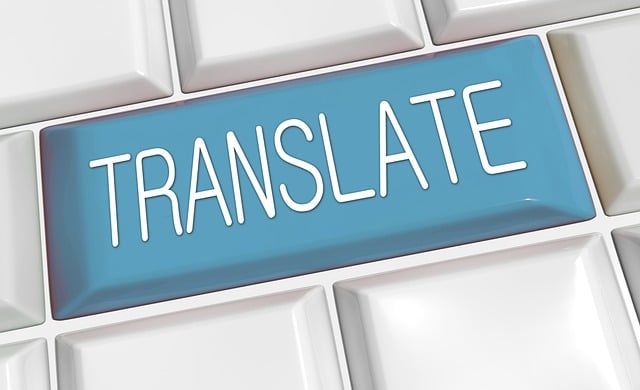
The art of language translation transcends mere word-for-word substitutions. It’s a delicate dance between cultures, requiring an understanding of nuances, idioms, and context. Skilled translators act as ambassadors, bridging communication gaps and fostering global connections. They don’t just translate text; they adapt messages to resonate with target audiences, ensuring that the essence and intent remain intact across languages. This art is particularly crucial in today’s interconnected world where businesses, organizations, and individuals constantly navigate the complexities of globalization.
Language-specific marketing strategies, for instance, rely heavily on translation to reach diverse markets. Websites, literature, and advertising materials must be accurately translated not just to avoid mistakes but to effectively engage global audiences. The same principle applies to interpretation in immigration settings, community translation projects, and conference interpretation—all demanding precision, cultural sensitivity, and real-time adaptability. Give us a call at accessing global knowledge language immersion for translation to explore how we can help you navigate these linguistic landscapes with expertise and precision.
Tools and Techniques for Accurate Translation
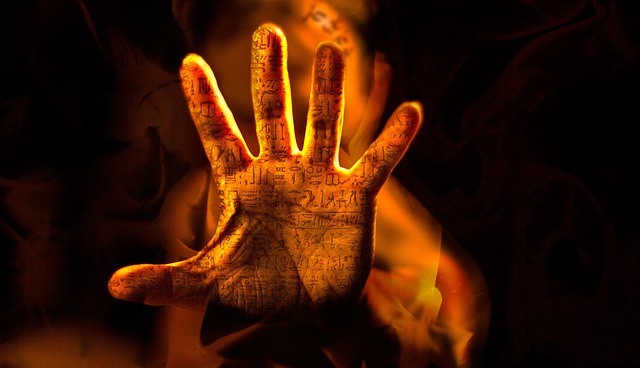
In the realm of translation, leveraging modern tools and techniques is pivotal for achieving accuracy across diverse languages and contexts. Advanced technologies such as machine translation (MT) platforms, like Google Translate or DeepL, have made significant strides in recent years, offering quick and accessible solutions for basic translations. These tools are particularly useful when speed is paramount, and they can serve as a foundational layer in the translate process. However, for complex or highly specialized content, relying solely on MT may not be sufficient.
Herein, language-specific marketing strategies play a crucial role in globalizing websites effectively. For instance, translators must employ linguistic analysis to dissect unique cultural nuances, idiomatic expressions, and contextual subtleties that might be lost in translation. This meticulous approach ensures that content resonates with target audiences, enhancing user experience. Moreover, interpreters’ roles in diplomacy cannot be understated; they facilitate accurate communication between parties, be it in legal document interpretation or technical manual translating, where precision and clarity are paramount. To streamline these processes, adopting an efficient project workflow, including quality assurance checks, can give us a call at [your company name] for expert guidance.
Machine Translation: Advantages and Limitations

Machine translation has revolutionized the field of language translation, offering numerous advantages that have made the process faster and more accessible than ever before. One of its key strengths lies in its ability to break down language barriers, enabling real-time communication across diverse linguistic landscapes. With advancements in artificial intelligence, machine translation tools can now produce impressively coherent and contextually relevant outputs, making them useful for various applications, from simple text messages to complex business documents.
However, despite these advantages, machine translation still has limitations. While it excels at rendering general content, it often struggles with nuances, idiomatic expressions, and cultural references. Grammatical accuracy checks are crucial here, as machine translations may require significant revisions to ensure they convey the intended meaning accurately. The expert review process is essential for translating art and poetry, where every word carries profound weight and precision is paramount. Moreover, oral vs. written translations demand distinct approaches, with simultaneous vs. consecutive translation methods suited to different scenarios, each presenting its own set of challenges and benefits.
Human Interpretation vs. Automated Translation
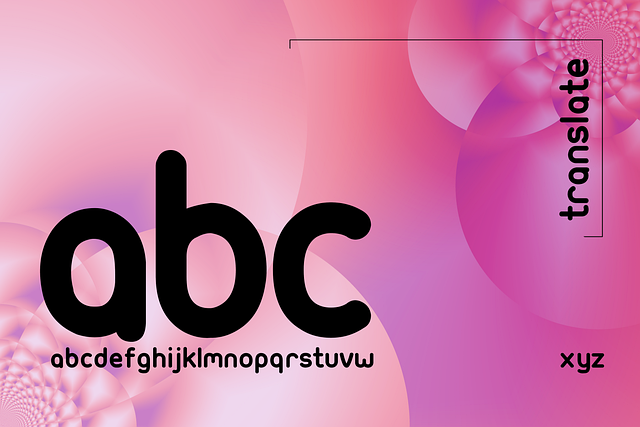
The art of translate has evolved significantly with the advent of technology, primarily through the rise of automated translation tools. While these digital solutions offer convenience and speed, they cannot replicate the nuanced accuracy of human interpretation. Human translators bring a unique blend of linguistic expertise, cultural understanding, and contextual sensitivity to the table, ensuring that messages are conveyed precisely and appropriately.
Consider the difference between oral vs. written translations. Verbal communication requires real-time comprehension and expression, often dealing with idiomatic expressions, sarcasm, or subtle nuances that machines struggle to grasp. On the other hand, written translations involve delving into the intricacies of language, understanding various literary devices, and preserving the intended tone and style. Advanced translation techniques, when employed by professional human translators, can lead to exceptional results, especially in complex texts or specialized fields like legal or medical documentation. Visiting us at volunteer translator networks anytime allows you to access global knowledge through language immersion for translate, ensuring that your messages transcend linguistic barriers with precision and elegance.
Cultural Considerations in Translation Services
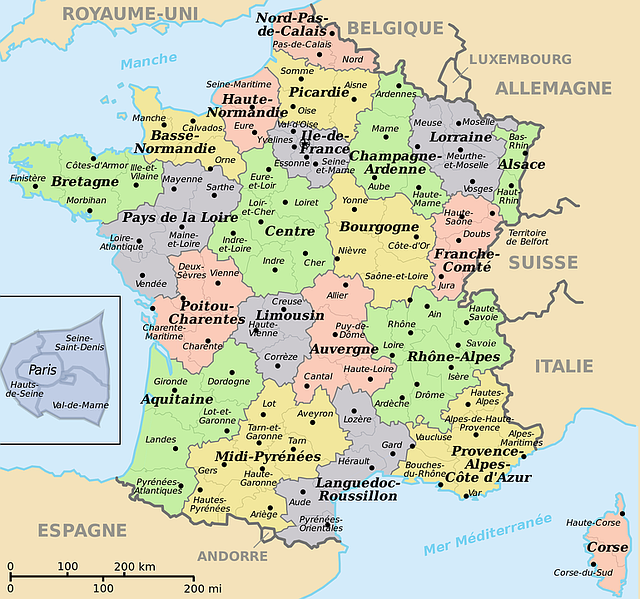
When providing translation services, it’s essential to go beyond words and consider the cultural context. Different languages carry unique nuances, idioms, and expressions that can significantly impact communication. A successful translate isn’t just about replacing one set of words with another; it involves understanding the subtleties and ensuring the translated content resonates with the target culture. For instance, a phrase that seems harmless in one language might have an entirely different connotation or even be offensive in another.
Cultural considerations are vital when bridging the gap between languages. Translation as a cultural bridge enables global communication, fostering understanding and access to diverse knowledge. Immersing oneself in the target language and culture is key to achieving precise and culturally sensitive translations. For those seeking such services, it’s beneficial to explore local market understanding and even give us a call at local market understanding language learning apps to tap into expert guidance on navigating the complexities of translate languages effectively.
Language translation has evolved significantly, offering both machine-driven solutions and human expertise. While machine translation provides speed and accessibility, human interpretation remains crucial for nuanced understanding and cultural sensitivity. By combining advanced tools with skilled professionals, we can bridge communication gaps effectively, ensuring accurate and culturally appropriate translate services in today’s globalized world.
